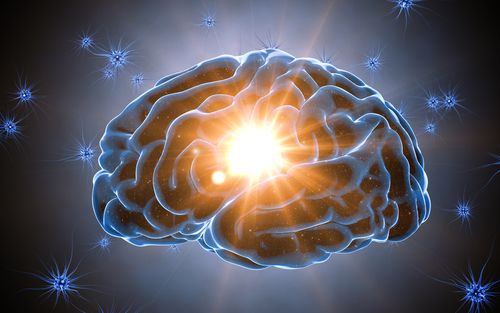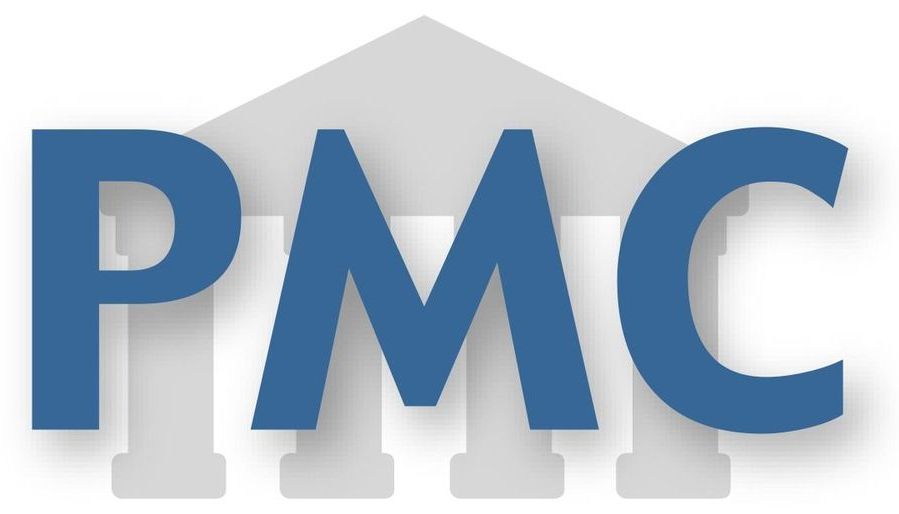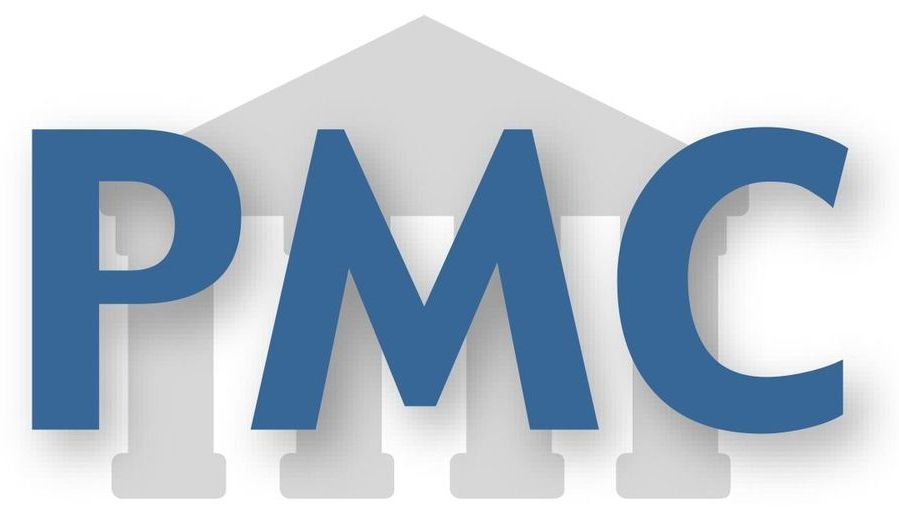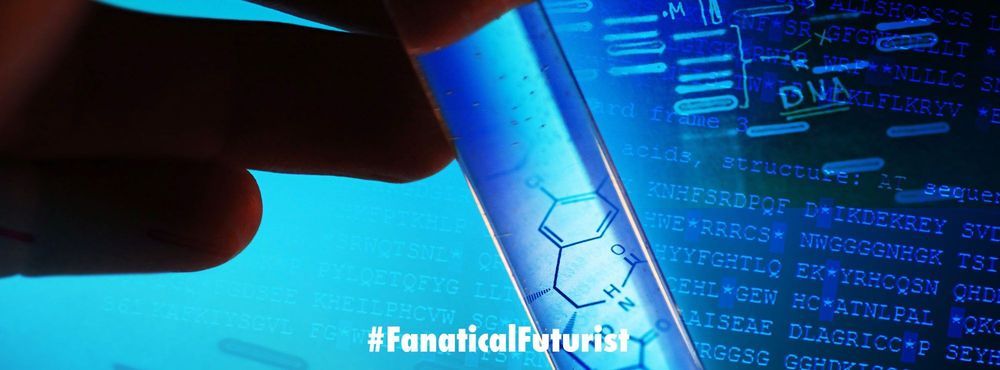A method and apparatus for ameliorating the aging process and the effects of aging and maintaining the integrity of health is provided. The method includes subjecting biological systems to alternating and steady magnetic fields having flux densities ranging from 10-6 gauss to 10-20 gauss and frequencies from 0 Hertz to 1014 Hertz. The calculation is made with reference to the equation mc2 =Bvlq, where m=mass; c=speed of light; B=magnetic flux density; v=inertial velocity of the mass contained in l; l=length of the conductive body; q=unity. The process begins by targeting the larger targets first and then diminishing the field magnitude slowly and incrementally according to the targets. The frequency when AC is indicated is calculated with the cyclotron resonance formula, fc =qB/(2πm). The apparatus includes a specially constructed pool or tub for generating the specific magnetic flux necessary for treatment. Orientation of the patient with reference to North, South, East and West is varied. The earth’s position in relation to the sun is taken into account. The patient may be in an upright, prone or swimming position depending on the specific treatment scheme.
Category: biotech/medical – Page 2,471

Stimulating Blood Vessel Growth Using FGF1 May Hold Promise for PD, Company Says
Stimulating the growth of blood vessels in the brain through the use of fibroblast growth factor 1 (FGF1) may hold promise as a strategy for treating Parkinson’s disease, according to a white paper released by Zhittya Genesis Medicine (ZGM). Clinical trials testing this theory are being planned.
The white paper is titled “Parkinson’s Disease: Therapeutic Angiogenesis as a Disease Modifying, Breakthrough Therapy?”


Bill Gates: We can end poverty by 2030
On Wednesday, he published an essay on the worldwide effort to end poverty by 2030, and he says that he’s very much a believer that it can be done.
“There is good reason for optimism about progress on reducing inequity,” he writes. He published the essay from Davos, Switzerland, where the World Economic Forum is taking place this week.
Gates points out that since the turn of the century, “Maternal deaths have almost halved; child mortality and malaria deaths have halved; extreme poverty has more than halved.” Plus, thanks to the Global Fund, a project supported by the Gates Foundation, 17 million lives have been saved from malaria, AIDS, and tuberculosis.

Genome Sequencing and Analysis of the Tasmanian Devil and Its Transmissible Cancer
The Tasmanian devil (Sarcophilus harrisii), the largest marsupial carnivore, is endangered due to a transmissible facial cancer spread by direct transfer of living cancer cells through biting. Here we describe the sequencing, assembly, and annotation of the Tasmanian devil genome and whole-genome sequences for two geographically distant subclones of the cancer. Genomic analysis suggests that the cancer first arose from a female Tasmanian devil and that the clone has subsequently genetically diverged during its spread across Tasmania. The devil cancer genome contains more than 17,000 somatic base substitution mutations and bears the imprint of a distinct mutational process. Genotyping of somatic mutations in 104 geographically and temporally distributed Tasmanian devil tumors reveals the pattern of evolution and spread of this parasitic clonal lineage, with evidence of a selective sweep in one geographical area and persistence of parallel lineages in other populations.
Two mutations triggered an evolutionary leap 500 million years ago
Circa 2013
In a feat of “molecular time travel,” the researchers resurrected and analyzed the functions of the ancestors of genes that play key roles in modern human reproduction, development, immunity and cancer. By re-creating the same DNA changes that occurred during those genes’ ancient history, the team showed that two mutations set the stage for hormones like estrogen, testosterone and cortisol to take on their crucial present-day roles.
“Changes in just two letters of the genetic code in our deep evolutionary past caused a massive shift in the function of one protein and set in motion the evolution of our present-day hormonal and reproductive systems,” said Joe Thornton, PhD, professor of human genetics and ecology & evolution at the University of Chicago, who led the study.
“If those two mutations had not happened, our bodies today would have to use different mechanisms to regulate pregnancy, libido, the response to stress, kidney function, inflammation, and the development of male and female characteristics at puberty,” Thornton said.

How cancer shapes evolution, and how evolution shapes cancer
Circa 2011 essentially cancer could help with evolution as it can challenge the immune system to be more strong. Essentially a symbiotic relationship to evolve with it and grow stronger with it then like it can be used as a good thing to make sure that evolution has stronger genetic code.
Evolutionary theories are critical for understanding cancer development at the level of species as well as at the level of cells and tissues, and for developing effective therapies. Animals have evolved potent tumor suppressive mechanisms to prevent cancer development. These mechanisms were initially necessary for the evolution of multi-cellular organisms, and became even more important as animals evolved large bodies and long lives. Indeed, the development and architecture of our tissues were evolutionarily constrained by the need to limit cancer. Cancer development within an individual is also an evolutionary process, which in many respects mirrors species evolution. Species evolve by mutation and selection acting on individuals in a population; tumors evolve by mutation and selection acting on cells in a tissue. The processes of mutation and selection are integral to the evolution of cancer at every step of multistage carcinogenesis, from tumor genesis to metastasis. Factors associated with cancer development, such as aging and carcinogens, have been shown to promote cancer evolution by impacting both mutation and selection processes. While there are therapies that can decimate a cancer cell population, unfortunately, cancers can also evolve resistance to these therapies, leading to the resurgence of treatment-refractory disease. Understanding cancer from an evolutionary perspective can allow us to appreciate better why cancers predominantly occur in the elderly, and why other conditions, from radiation exposure to smoking, are associated with increased cancers. Importantly, the application of evolutionary theory to cancer should engender new treatment strategies that could better control this dreaded disease.
We expect that the public generally views evolutionary biology as a science about the past, with stodgy old professors examining dusty fossils in poorly lit museum basements. Evolution must certainly be a field well-separated from modern medicine and biomedical research, right? If the public makes a connection between evolution and medicine, it is typically in the example of bacteria acquiring antibiotic resistance. But what does evolution have to do with afflictions like heart disease, obesity, and cancer? As it turns out, these diseases are intricately tied to our evolutionary histories, and understanding evolution is essential for preventing, managing and treating these diseases (1, 2). This review will focus on cancer: how evolutionary theories can be used to understand cancer development at the level of species as well as at the level of cells and tissues. We will also discuss the implications and benefits of an evolutionary perspective towards cancer prevention and therapies.
For almost all animals, old age is associated with a general decline in tissue structure and function. This decline is thought to reflect the lack of selective pressure to maintain tissues beyond an age when the animal would be likely to contribute genetically to future generations (3−5). Similarly, there is little selective pressure to limit cancer in old animals who are substantially beyond their reproductive years. For example, while mice can live 2–4 years in the lab, and tend to develop cancer in their second and third years, it is rare to find a mouse greater than 1 year old in the wild. Most wild mice will be dead from other causes, such as cold, hunger, disease or predators, well before the age when cancer would be a likely cause of their demise. Thus, evolution has favored a “breed early, breed often” strategy for mice.
Folding Revolution Medical School
Proteins function by folding into myriad, precise 3D structures. Image: Mohammed AlQuraishi.

